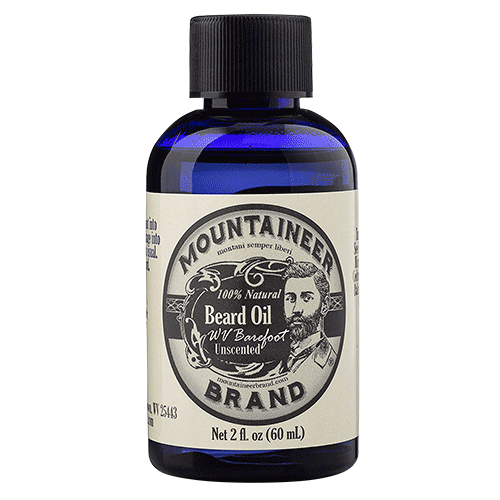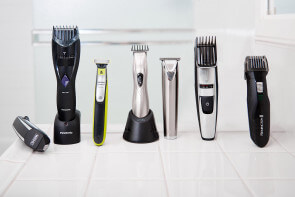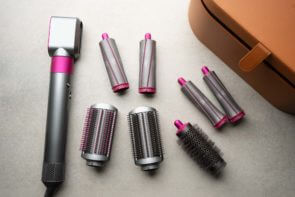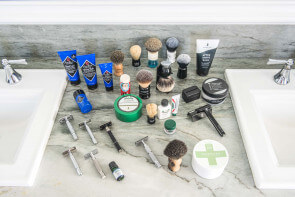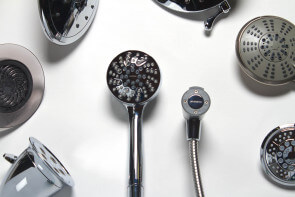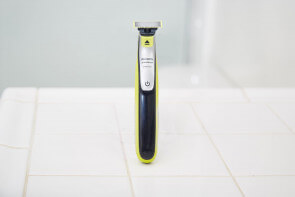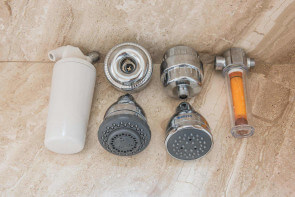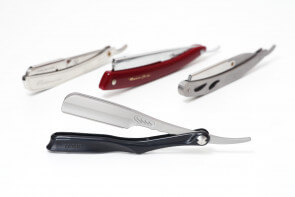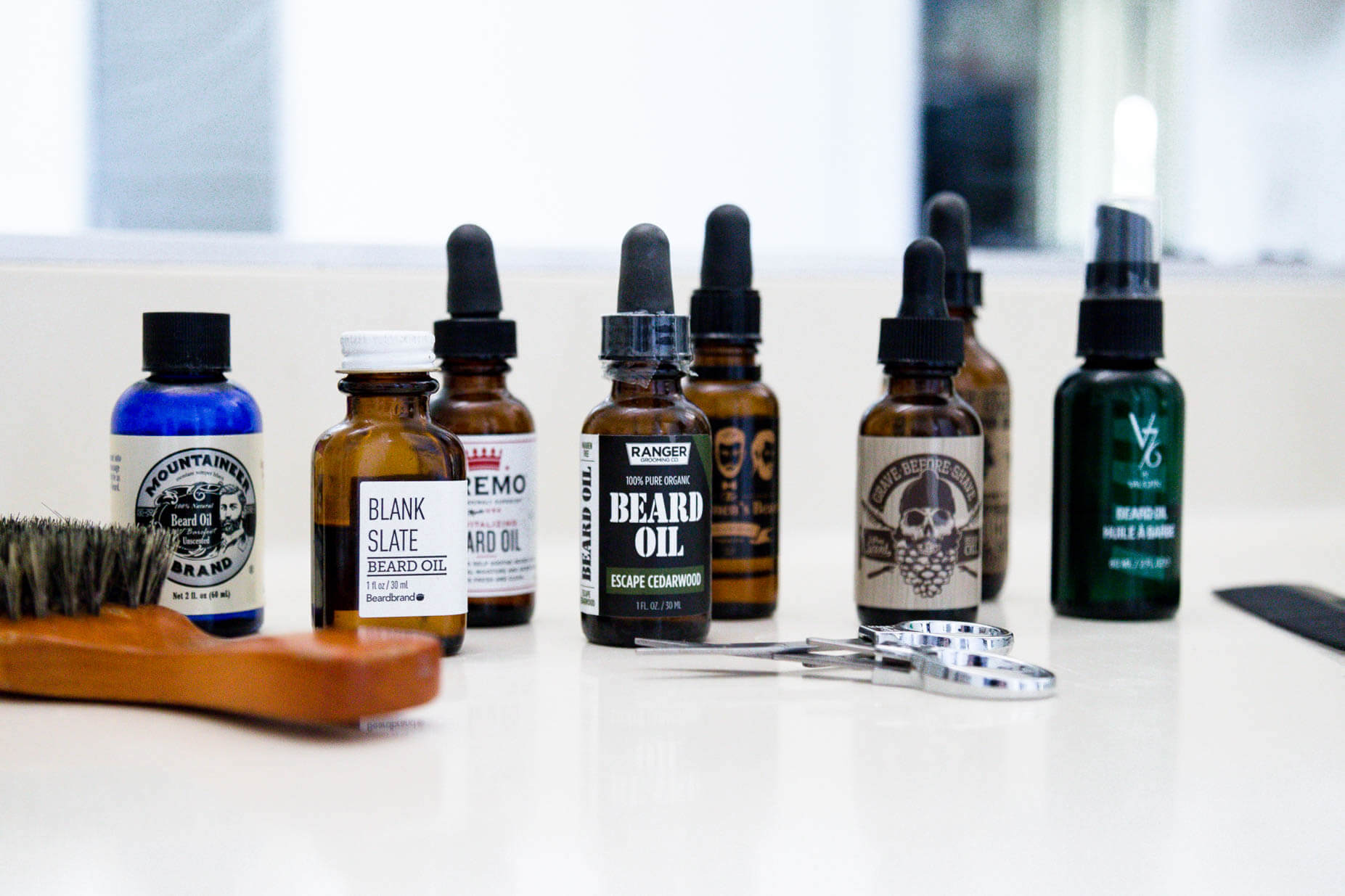
The Best Beard Oils
We spent weeks researching and two months blind testing eight oil blends with a group of 10 bearded gentlemen to determine the best beard oil. The differences between beard oils are subtle, but Mountaineer Brand beard oil wins this roundup with a great blend of effective oils at a very good price. Our top pick also comes in five scents, and it’s easy to find. For our runner-up, The Gentlemen’s Beard ranked highest overall with a near-perfect blend of different oil weights, but it’s far more expensive than it should be.
We spent weeks researching and two months blind testing eight oil blends with a group of 10 bearded gentlemen to determine the best beard oil. The differences between beard oils are subtle, but Mountaineer Brand beard oil wins this roundup with a great blend of effective oils at a very good price. Our top pick also comes in five scents, and it’s easy to find. For our runner-up, The Gentlemen’s Beard ranked highest overall with a near-perfect blend of different oil weights, but it’s far more expensive than it should be.
Table of contents
- How we selected finalists to test
- Compare the best beard oils
- Do beard oils help grow a beard?
- Beard oil ingredients
- Important features to consider
- How we tested
- The best overall: Mountaineer Brand
- Best premium oil blend: The Gentlemen’s Beard
- Great value, smells funny: Honest Amish
- Other finalists we tested
- Beard by face shape
How we selected finalists to test
Our resident beard-guy has tried various substances on his beard for conditioning and itch-relief, so he thought he understood the basic principles fairly well before he started researching this category. Oil is oil, right? He found out that there’s far more nuance to the topic than he expected.
A casual perusal of the relevant subreddits, forums and Facebook groups yields a lot of great info on what to try and what to avoid, but we were looking for more specific information on what’s in beard oil and why it works.
Reading up on the science of hair care, we quickly discovered that the warnings about supermarket hair conditioner are based on a simple but strong principle: mineral oils and silicones coat your hair to make it shiny and smooth, but they don’t actually penetrate inside to moisturize the hair.
That took oils with ingredients like siloxane and dimethicone off our list categorically. The effects might not be as disastrous as some imply, but for helping your beard stay soft and pliable, it’s clear that oils should be able to soak in.
Most of the other nearly scientific content we found was either targeted at hair care or basically promotional in nature. There doesn’t seem to be anyone doing studies on specific oils for beards, so we had to rely more heavily on anecdotal consensus.
We looked at lists of beard care products in mainstream publications, but for the most part it seemed clear that if the list was based on actual testing, products were rarely ranked for any specific reason.
YouTube is practically flooded with reviews of oils, balms and other grooming products, so we tried to come up with a list of must-try brands from as many different reviewers as we could consult. (Total YouTube watching time for this research: eight hours, and that’s with skipping ahead through top-ten-lists.)
As always, we rely on customer reviews from sites like Amazon to guide our assessment of long-term use and obvious problems with a product that might be missed in a quick review. We didn’t find many negative reviews, and even using the Fakespot review-analysis system to filter out products with obviously fake reviews didn’t help much to narrow the field.
In the end, we focused on brands that have easy-to-understand ingredients labelled clearly and hopefully come in more than one scent and with an unscented option.
We set our per-ounce budget at $20 to see if a premium brand would actually do anything different than a cheap oil. We also bought some popular ingredients in bulk: fractionated coconut oil, so we’d have a simple, cheap lightweight control in our test, and olive oil for a heavier control sample.
Compare the best beard oils
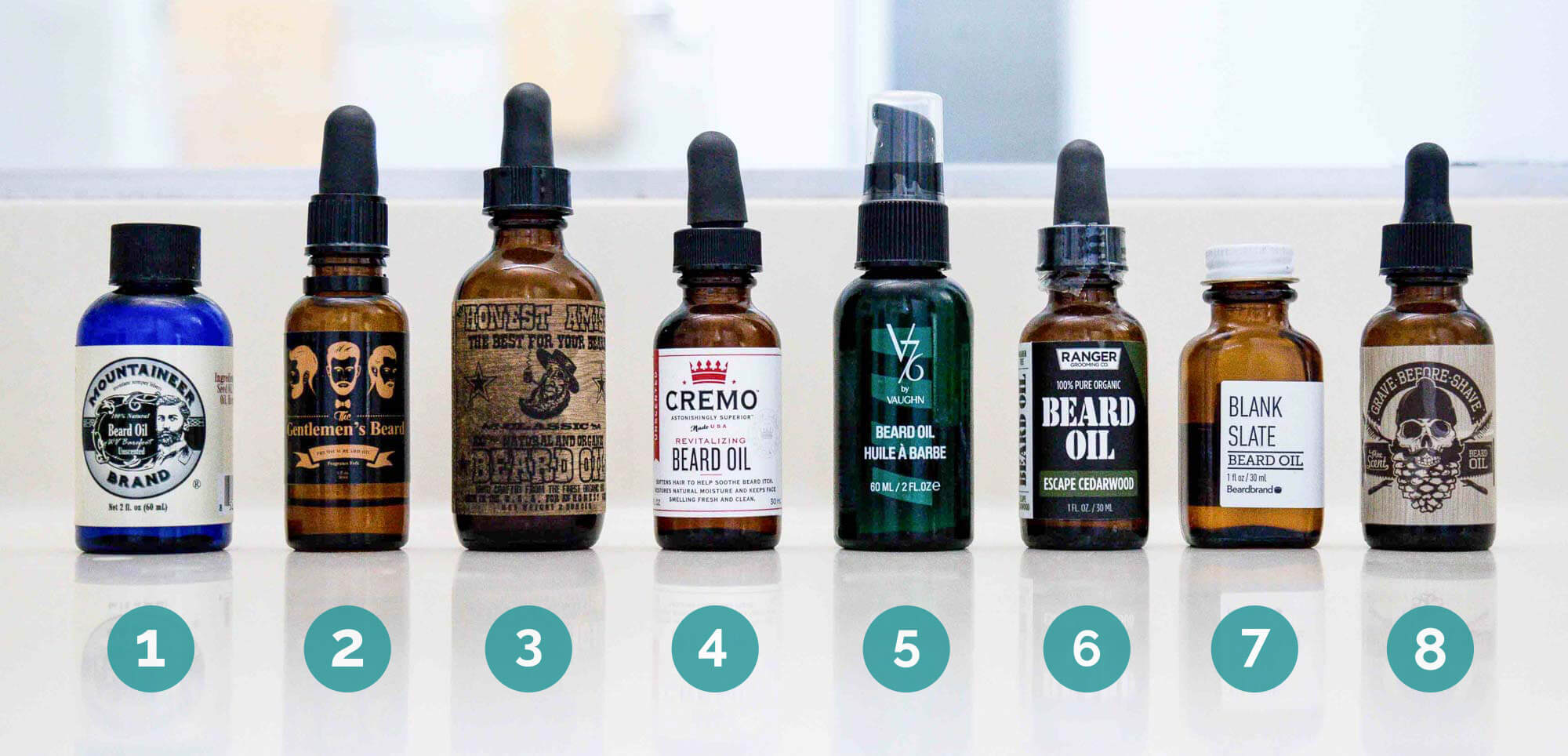
| Brand | Price | How Many Scents? | Unscented Blend? | Avg. Tester Rating | Bottle Type |
|---|---|---|---|---|---|
| 1. Mountaineer Brand | $$ | 3 | Y | 3.2 | Reducer |
| 2. The Gentlemen's Beard | $$$$$ | 4 | Y | 3.8 | Dropper |
| 3. Honest Amish | $$ | Licorice/Anise only | N | 3.4 | Dropper |
| 4. Cremo | $$$ | 4 | Y | 3.4 | Dropper |
| 5. V76 by Vaughn | $$ | Sandalwood only | N | 3.4 | Pump |
| 6. Ranger | $$$$ | 3 | Y | 3.4 | Dropper |
| 7. Beardbrand | $$$$ | 6 | Y | 3.2 | Reducer |
| 8. Grave Before Shave | $$$ | 9 | Y | 2.8 | Dropper |
Do beard oils help grow a beard?
This is a common question. But if you were looking for the “best beard growth oil,” the answer we have is probably not the one you were hoping for.
Beard growth is almost entirely down to genetics. We’re still in early days of understanding how beard and hair traits work, but there are some clear markers.
The other factor to think about is your diet. Your skin and hair need oil, protein and water to grow, but there’s no clear link we could find between any specific foods and hair growth. Studies have definitely found a link between malnutrition and hair loss, though. So, step one: don’t spend your food budget on beard oil, but don’t overbuy trendy food, either.
So, is that a “no” then? Definitely. But also, kinda-sorta-maybe technically yes.
Honest beard oil companies will tell you two things that their products can do:
- Beard oil keeps your beard hairs soft, healthy and under control.
- Beard oil keeps your skin moisturized to reduce itching and flaking.
The biggest struggle most men have growing a beard is itchy skin and frizzy, dry hair. Usually after the first three weeks of growth, you start thinking about shaving it all off.
So while beard oil may not be able to sprout new follicles or change the diameter of your hairs, it can stop you from cutting your beard off prematurely in itchy frustration.
Beard oil ingredients
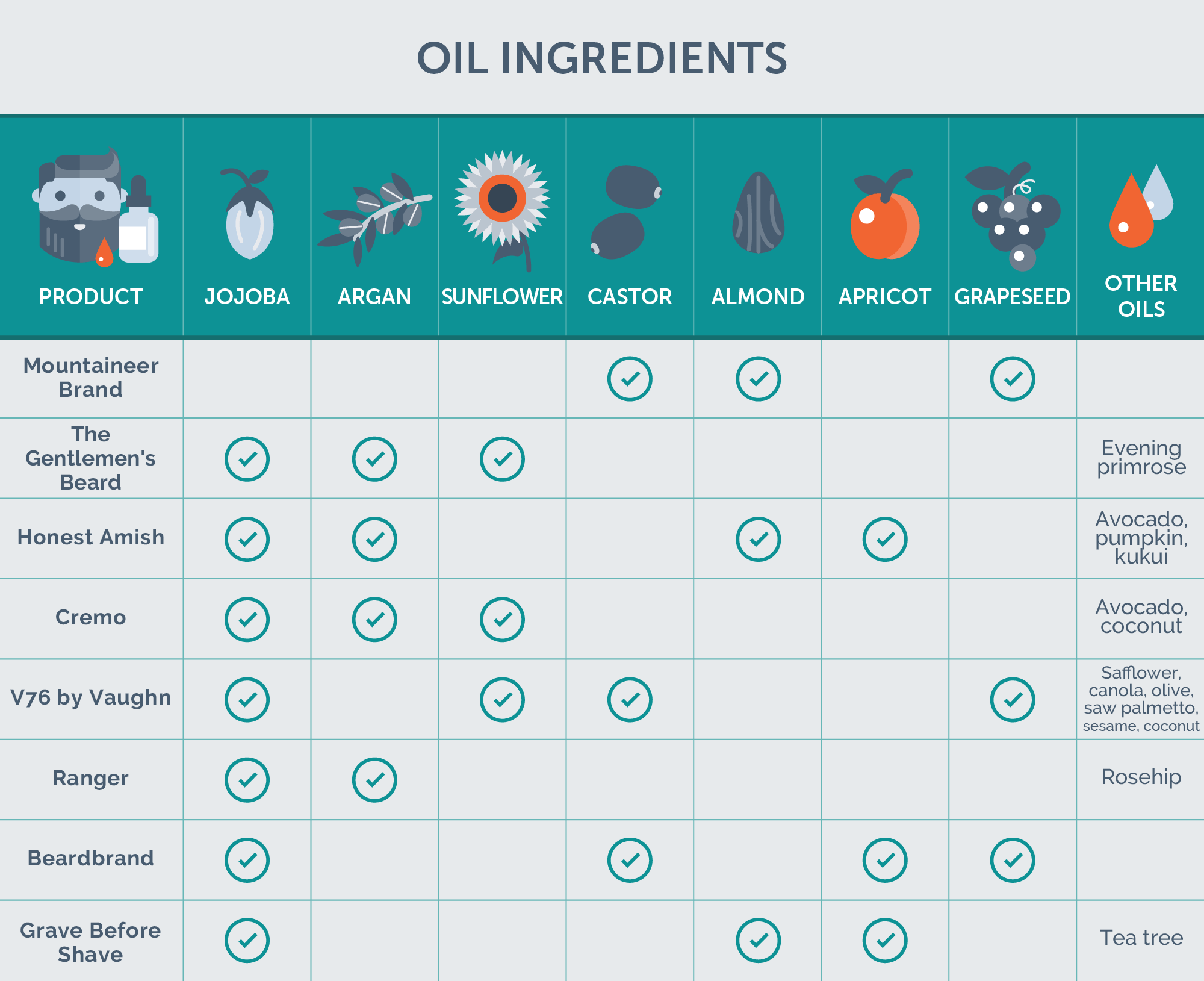
While there are as many different kinds of oil as there are plants (you can extract oily compounds from almost everything that’s alive), a few oils have become very popular. Ingredients on personal care products are listed in “order of predominance,” but with any more than two oils in a blend, it gets increasingly difficult to say how much of a particular oil is present from just the ingredient list.
Jojoba (Simmondsia chinensis) oil: The seeds of the Jojoba, a shrub from North American deserts, contain an inedible long-molecular-chain wax (similar to the once-popular whale oil). The “oil” is non-greasy and often used in skin-care because it has properties very similar to the sebum oil that our skin produces. Research involving its application to hair is limited, but it’s a very trendy oil. The only oil we tested that doesn’t include Jojoba is our top pick, Mountaineer Brand.
Argan (Argania spinosa) oil: Argan oil is extracted (usually by hand) from the seeds of a tree native to Morocco. This oil has achieved a near-legendary status in the world of natural cosmetic products, and it’s the most expensive edible oil. While it’s a known antioxidant there is only limited research data on how it’s absorbed by your hair.
Castor (Ricinus communis) oil: Castor oil is one of the thickest oils typically found in beard oil. This has been a popular medicinal product for thousands of years, though mostly as a strong laxative. In beard oil it should give a bit more control. Popular claims of hair-growing properties are unproven, though it does boost prostoglandin levels, which are linked to hair growth.
Coconut (Cocos nucifera) oil: While this trendy oil has spawned countless clickbait articles, it does at least have some research to back up its popularity. It has proven to be great on hair, but it’s not as common as we expected in beard oil, probably to avoid problems for acne-prone users. We used refined coconut oil as a control in our testing, and most of our testers did say that it disappeared into their beards quickly. (Raw coconut oil, which is solid at room temperature, makes a good beard butter.)
Other oils: We found some basic information about common oil types and how well they soak into hair. This isn’t the only relevant factor in a beard oil, but it’s good to know that the beard-oil artisans aren’t just grabbing totally random ingredients.
Important features to consider
This is typically the part of a review where we would tell you what’s most important about the winning products, but…
Beard oil is both too simple and too complicated to understand from a set of features on a box. You could have two different blends of the same base ingredients and get different performance, but the difference isn’t huge.
We’re confident that most beard oils out there will do a good job. You could use vegetable cooking oil if you wanted and get fairly similar results. That said, there are some factors that could make the difference between an oil you like and an oil you love:
Scent: Finding a scent you can live with (or even enjoy!) is a big part of choosing a brand, though some people are less picky than others. Most of the brands we tested feature an unscented choice, but not all.
Packaging: We encountered three different types of bottle in our research. A reducer-type bottle has a plastic insert that makes it easier to get drops of oil rather than accidentally dumping out half an ounce. A dropper makes applying the oil even easier, since you can control exactly how much goes on your beard. A pump dispenser works OK, but we found it didn’t give quite as much control as a dropper.
Availability: There are now hundreds of different beard oils you can choose from, but it’s nice to be able to pick up a bottle on short notice. Shipping internet orders is getting easier and easier, but it’s always nice to be able to see (and smell) a product.
Can I make my own beard oil?
If you’d like to make your own beard oil blend, that’s usually a sign you’re very passionate about beard care or very frugal. If you have the time, it can be a rewarding pursuit.
There are a bunch of recipe resources on the web, and once you find an enclave of beard enthusiasts you like, you’ll typically find offers of recipes and even free samples passed around. For example, Reddit’s beard oil sub is mostly devoted to discussions about DIY beard oil experiments.
One cool benefit of mixing your own beard oil is that you can add your own scent ingredients exactly as you like them. But the long and winding road toward the dark art of perfumery is not for the faint of heart. Basenotes.net is probably the best place to start learning about what makes a scent blend work, though nobody wants a beard oil to be as strong as a cologne.
Be careful with essential oils and other fragrance ingredients. Buy from a reputable seller and understand that some ingredients can be dangerous in high concentrations.
Applying a highly diluted blend like a beard oil (where each ounce of oil should have only a few drops of essential oils or even less fragrance added) is even less risky than the common approach of using a diffuser for aromatherapy, but it still pays to make sure you aren’t highly sensitive to something. Never apply something to your skin out of a bottle unless you know how concentrated the contents are.
How we tested

Base oils and control testing
In our first week of blind testing, our ten beard-scientists were given two oil mixes in bottles with only testing labels (E and F) to try out: a blend of slow-absorbing extra-virgin olive oil and 10-percent jojoba oil, then a blend of fast-absorbing coconut and 10-percent jojoba oil. This established a baseline of how the guys responded to thicker or thinner beard oil blended from popular ingredients.
Over the following eight weeks, we asked the volunteers to blind-test pairs of oil samples side-by-side, with one oil on each side of the beard. They had no idea what the products were, which gave us some hope to see if they could tell the difference between the samples. Testing two at once to controlled for some day-to-day variables that might come from applying every sample one day at a time.
We asked our testers to note results in five categories:
- Softness: How much softer does the hair feel when it’s moisturized?
- Absorption: Does the hair feel greasy a few hours after oiling?
- Skin condition: Does the oiled beard help itch and flakes, or does it cause breakouts or other problems?
- Control: Does the oil help keep frizz and curls manageable?
- Lasting: How frequently do you need to reapply the oil?

We followed the testing period with an exit poll and were surprised by the results. Top brands with established credibility got lower average scores, while some unknown brands or blends of “boring” oils without many obvious advantages scored better on average.
It’s tricky to calibrate self-reporting on this scale, since we’re asking for testers’ opinions about qualities that are hard to measure precisely. Our sample size is on the small side, and it could be that there’s just too much error in the way our testers were reporting to draw any valid conclusions.
That said, the results demonstrate that beard oil in a blind test isn’t all “the same.” There was a consistent preference for the more complex blends of commercially produced oil over the simple oils. The fact that one tester picked olive oil as his favorite shows that oil shouldn’t have to be expensive to help your beard.
Beard oil and acne
We asked testers to report how the oils affected skin condition, and this was the category that our testers were most obviously not getting any significant data for; nearly all of the responses hovered around four out of five.
We had hoped to find something like “the best beard oil for acne-prone skin,” but our results are nowhere near that conclusive. Mountaineer Brand got highest score for skincare by a few percent, but on the whole we didn’t consider this data worth including in our averaged score.
We can’t claim that the results we’ve gathered will be universal, even with the range of skin and hair types in our sample group. If you get breakouts or acne after using a beard oil, you should definitely stop using it and try again with a different oil after your skin gets a chance to recover.
The best overall: Mountaineer Brand
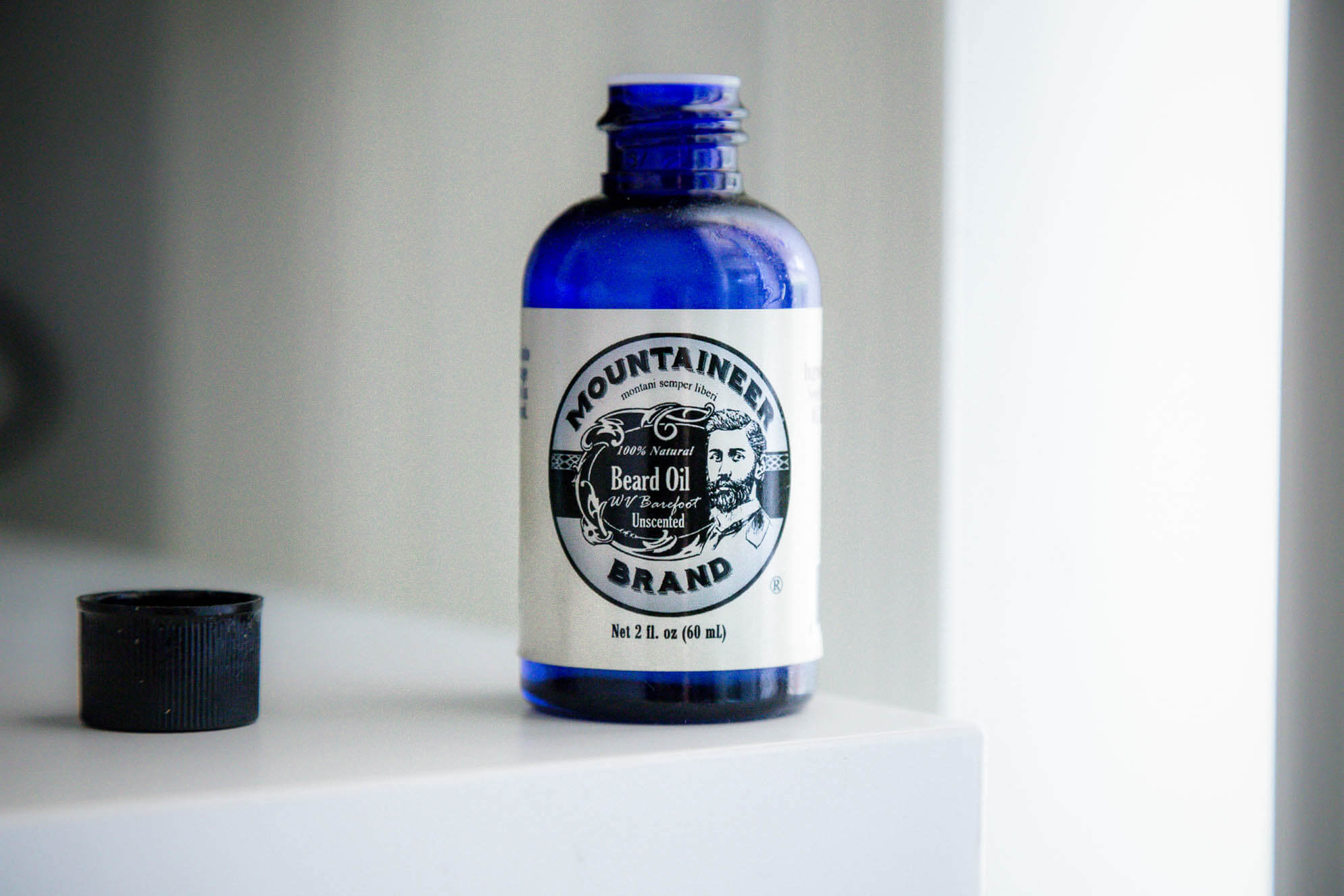
Mountaineer Brand is a solid oil from a little company that really cares about making great beard-care products. The blend doesn’t use exotic oils like argan and jojoba, but that didn’t stop it from getting solid scores across the board.
This is one of three blends we tested that uses castor oil paired with grapeseed oil, and it’s a combination of thick and light that works very well. Mountaineer also adds almond oil, and the recipe seems fine-tuned for a balance between fast-enough absorption with long-enough staying power.
The most critical factor in this pick is price. There are cheaper ways to care for your beard (hair conditioner or veggie oil from your kitchen), but our testing shows Mountaineer’s blend is definitely a step up. At about $6.50 per ounce, though, you’re not just throwing money away on trendy ingredients.
We tested Mountaineer’s “Barefoot” unscented blend, but they also have three other scents and a medicated blend.
- WV Timber is a top-selling woodsy scent.
- WV Coal is “clean, cool and musky.”
- Citrus & Spice rounds out the lineup with clove, orange and grapefruit notes.
Pine Tar is an ingredient long used for skin problems, and seems to relieve some psoriasis, though it’s not well understood how exactly the different tar compounds work. If that sounds like something that could help your skin, Mountaineer sells a Pine Tar beard oil blend.
Key takeaways:
- Mountaineer Brand is one of the least expensive ways to try a reliable, high-quality beard oil.
- Relative performance is balanced; not too thick, not too thin, average all around.
- Three scents to try and a unique pine-tar option means there should be something for everyone.
- Easy to find at local retailers if you run out and need an emergency replacement.
Best premium oil blend: The Gentlemen’s Beard

The Gentlemen’s Beard is an out-of-nowhere Amazon storefront with luxury branding cues that more or less work despite the unfortunate name. (Who are these gentlemen, and why do they share a beard?)
The YouTube video is a cringe-fest, but these guys have picked solid ingredients and come up with a recipe that works just a bit better than anything else.
The premium ingredients on offer include the usual suspects: super-trendy oils like jojoba and argan, as well as reliable standby sunflower. Evening primrose oil is an unique addition, it’s not as well-studied as something like coconut oil or olive oil for hair care, but it has been used in traditional medicine for a long time.
It’s not clear if there’s anything particular that makes this oil better than others; one tester even called it “boring,” and on reflection, some testers said it was their least-favorite. That said, the blind-test ratings were consistently a few points higher for this oil in every category.
Scent options are diverse and mostly come from added essential oils:
- Cedarwood is the ever-popular choice of lumbersexual instagram influencers.
- Sandalwood adds a little more heat than cedar for an exotic touch.
- Bay Rum is a classic aftershave scent, distant cousin of Old Spice. Also includes coconut oil.
- Gentlemen’s Scent offers a captivating, manly aroma.
- Unscented is what we tested. It’s definitely scent-free.
The catch, then, is price. It’s not clear if The Gentlemen’s Beard is paying a lot of extra money for the unique ingredient, maybe they’re buying it in 4-oz bottles. At nearly $20 for an ounce, this is a very expensive product.
Beardbrand and a few other carefully marketed “premium” brands are aiming for even bigger margins, but at least in this case we found that maybe a little bit of the extra cost was justified.
Key takeaways:
- The Gentlemen’s Beard is an Amazon-exclusive beard care company that has picked just the right blend of oils.
- All the expected premium oils are here, and evening primrose oil is a unique addition.
- Four scents and an unscented blend, so everyone should be able to find something that works.
- That price, though. Ouch.
Great value, smells funny: Honest Amish

Sometimes you try a personal care product that works well, but has a scent you dislike, and Honest Amish was that way for many of our testers.
The performance, value and availability of Honest Amish are all great; very close to our top pick, with slightly better performance on average. The trouble, then, is that it comes in one scent: a faint-but-distinct blend of essential oils, the strongest notes being clove and anise.
If you love black licorice, you might love this; maybe even better if your partner loves black licorice. For the rest of us (especially those with spouses who veto the scent) it’s a no-go.
Honest Amish is one of the older beard-oil-makers, starting up in 2012 after selling a successful balm recipe at Pennsylvania flea markets. They didn’t have any other scents available when we started our testing, but it looks like they may be launching two other scents. More options from this company would be very welcome!
Key takeaways:
- Honest Amish beard oil ranked best overall for softening beards.
- This isn’t quite as long-lasting as our top pick, so keep the bottle handy on dry days.
- Value is great, with a big dropper bottle for a low price.
- The scent is polarizing; do you want your beard to smell like black licorice?
Other finalists we tested

Cremo
Cremo is a brand that has done impressive work building an empire of grooming products. Starting with a super-concentrated shaving cream (which we named best shaving cream), they’ve expanded into all corners of the shaving aisle: pomade, body wash, solid cologne and a lineup of beard oils, balms and shampoos.
For performance factors, Cremo ranked in the solid upper-middle of our samples. A little longer-lasting than most, but on the whole a very average oil. Looking at the ingredients, that’s no wonder: there’s basically every kind of oil imaginable in this blend.
If you’re looking for trustworthy ingredients and a small bottle you can buy at a local discount retailer for a gift, Cremo’s stuff is easy to find and comes in a range of four scents. At $12.50 per ounce, though, it’s closer to the “luxury” end of the pricing scale.
V76 by Vaughn
The V76 label is a luxury brand that’s purportedly curated by a top hairstylist, with products made by some cosmetics company somewhere “exclusively” for the private label. As skeptical as that idea makes us, their V76 beard oil is unique enough to get an inclusion here.
This blend of oils includes a long list of nearly every obvious skin and hair care oil we can think of. The consistency, though, is different than every other blend we tried; it’s very nearly sticky, so it seems to give a little bit more weight to beard hairs than the other oils.
That said, in a blind test this oil didn’t really garner any more or less praise than average. The most notable thing about it is a strong sandalwood scent; if that’s your thing it should be fine, but it’s a more concentrated smell than most scented oils we tried.
Ranger
Ranger is a spin-off from the Leven Rose line of essential oils. At $16 per ounce it’s actually on the upper end of the price scale we tested, though still far less than buying EE blends through your friend’s girlfriend’s MLM company.
This is just rosehip, argan and jojoba oil, so it absorbs quickly; second-fastest according to our blind test. Two essential oil scent options and an unscented blend make this a solid line of beard oils, but not exceptional.
Beardbrand
Beardbrand is the two-ton gorilla in this lineup. Eric Bandholz turned his love for sweet beards into an explicit mission: to “change the way society views beardsmen” through a lifestyle brand. He claimed that mission accomplished in 2017, making his new tagline “keep on growing.”
After a meteoric rise following an appearance on Shark Tank (where he happily admitted that his $25-40 bottles of oil cost about $2 to make), Bandholz has turned his oil into the fuel for a beard-centered lifestyle brand juggernaut. Now there’s a network of beard bloggers and Instagrammers sharing how awesome it is to have a beard, sponsored by the best-known beard oil.
That said, Beardbrand has drawn its share of criticism. One prominent YouTuber even called out Beardbrand on the “premium” label, noting that nearly every beard oil is using “premium” ingredients and that the price brackets are all about tricking people.
Bandholz basically admitted this in his rebuttal, but he’s unapologetic about creating a successful business that makes people happy (and happy to spend lots of money).
If you’re interested in more sophisticated scents than bare-bones cedar or sandalwood oil, Beardbrand “gold line” of Temple Smoke, Four Vices and Old Money is aimed at you.
The catch, for us, was performance. Overall, our testers felt that the oil (“designed to be very lightweight” says the ad copy) just didn’t have the staying power they were looking for. If it were the same price as other oils, we could call that a matter of preference, but $25 per ounce is pretty steep.
Beardbrand used to only sell direct through their website, but they’ve got their two most popular oils in Target at $15 now. If you find Beardbrand on Amazon, it’s probably someone re-selling a bottle they bought directly, with prices to match.
Now that it’s available for $15 per ounce, we look more favorably on Beardbrand’s product, but Cremo has a growing line of scents and accessories that looks like it’s beat Beardbrand to the punch. (Plus, we liked Cremo’s eye-dropper bottles better for dispensing oil.)
Grave Before Shave
If you bump into a display of beard oil at a hip barbershop, it’ll likely have Grave Before Shave products. The guys at Fisticuffs LLC have targeted their brand at the bearded-skull-tattoo subculture (we didn’t really realize that was a thing, either) and they’ve grown into a mainstay among the more bombastic bearded bretheren.
Grave Before Shave has a solid list of ingredients, including tea tree oil for a little tingle, but the oil performed about as well as straight-up fractionated coconut oil. It’s not bad, but most people will prefer something more balanced.
The strength of this company is the huge range of scents offered. When we were selecting products, they had nine on offer, and most of them can be found on Amazon or in a sample pack from the company’s website.
The bottom line
After a few months of testing a wide range of oils, our testers said they were between 20- and 30-percent confident they could tell an oil they liked from an oil they didn’t. What’s more, many of our testers started to find that they were looking for a little more hold and control than beard oil offers and asked repeatedly if we were going to test beard balms.
All things considered, though, any beard oil definitely helps a dry and itchy beard. Even if you just use whatever vegetable oil you have in the cupboard, it’ll help if you find your beard dull and frizzy or if beardruff is cramping your style at formal events.
At a price that’s very reasonable for a big bottle, Mountaineer Brand is our best buy. It’s definitely better than buying bulk coconut oil or jojoba oil, and it comes in a range of scents that can add some spice to your beard-care routine.
There are some oils that use a balanced blend of carefully selected oils that get even better performance, and The Gentlemen’s Beard had the best score overall in our tests. We don’t think it’s worth the money for most people, but if you’re looking for a particular scent then it might be worth a splurge.
What beard style is best for your face shape?
Ever wanted to try out a new facial hair style, but afraid of how it will turn out on you? It’s one thing to look up styles that you like on other people, but another to truly find a style that best matches the shape of your face.
That’s why we did the research for you.
Whether your face is round or triangular, there’s a mustache and beard for you. So get to it — what style will you try next?

More Reviews
Wahl - PowerPro 9686
Dyson Airwrap Complete Review: Is It Worth The Cost?
Dyson - Airwrap Complete
Shark HyperAir IQ Hair Dryer Review
Shark - HyperAIR
Oneblade - Core + Black Tie Kit
Weight Gurus - 0375
Moen - Magnetix Attract
Xtava - Twist Conical Curling Wand
Philips Norelco OneBlade Review
Philips - OneBlade
AquaBliss - SF100
Feather - Artist Club SS
The Best Automatic Litter Boxes
Pet Zone - SmartScoop


